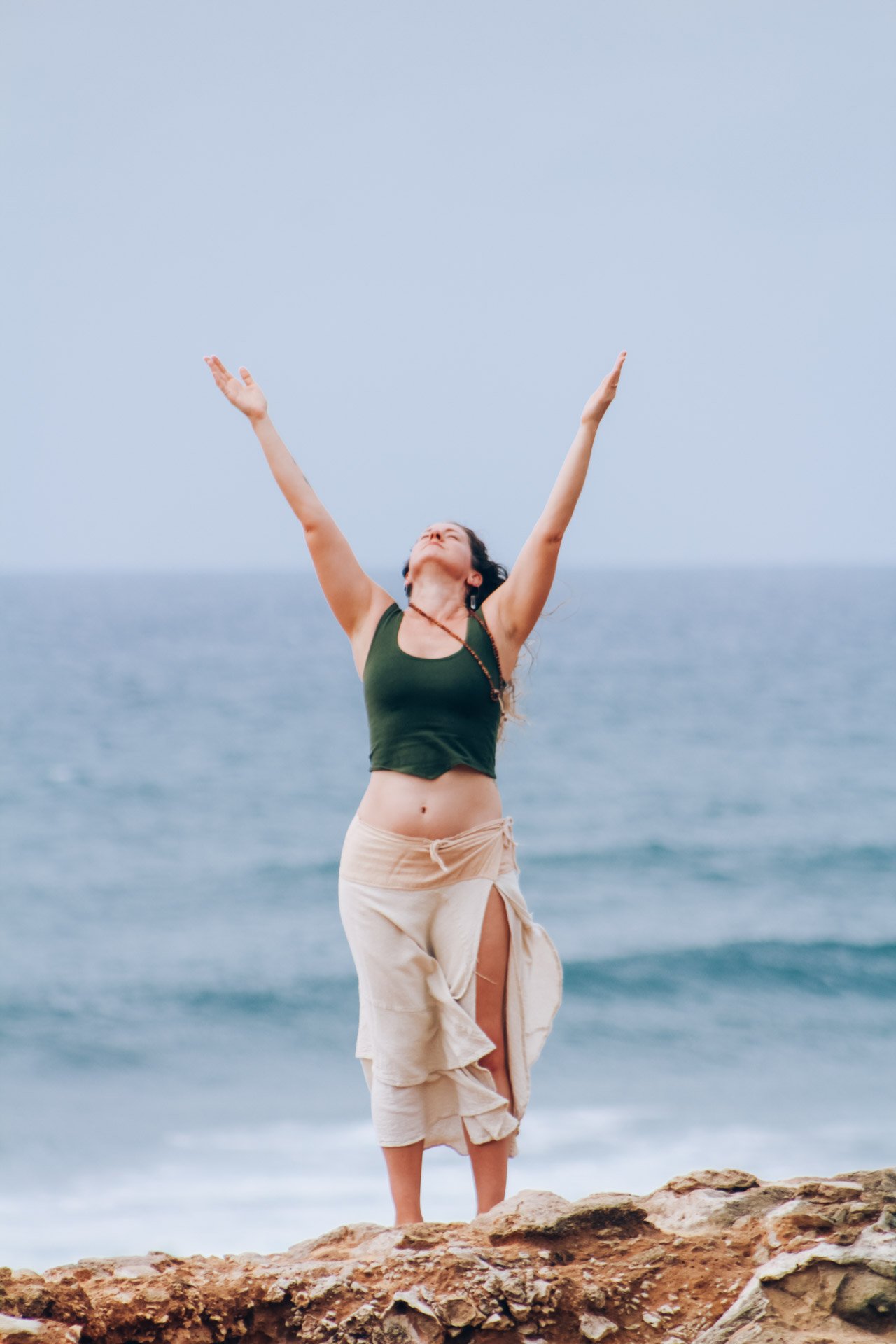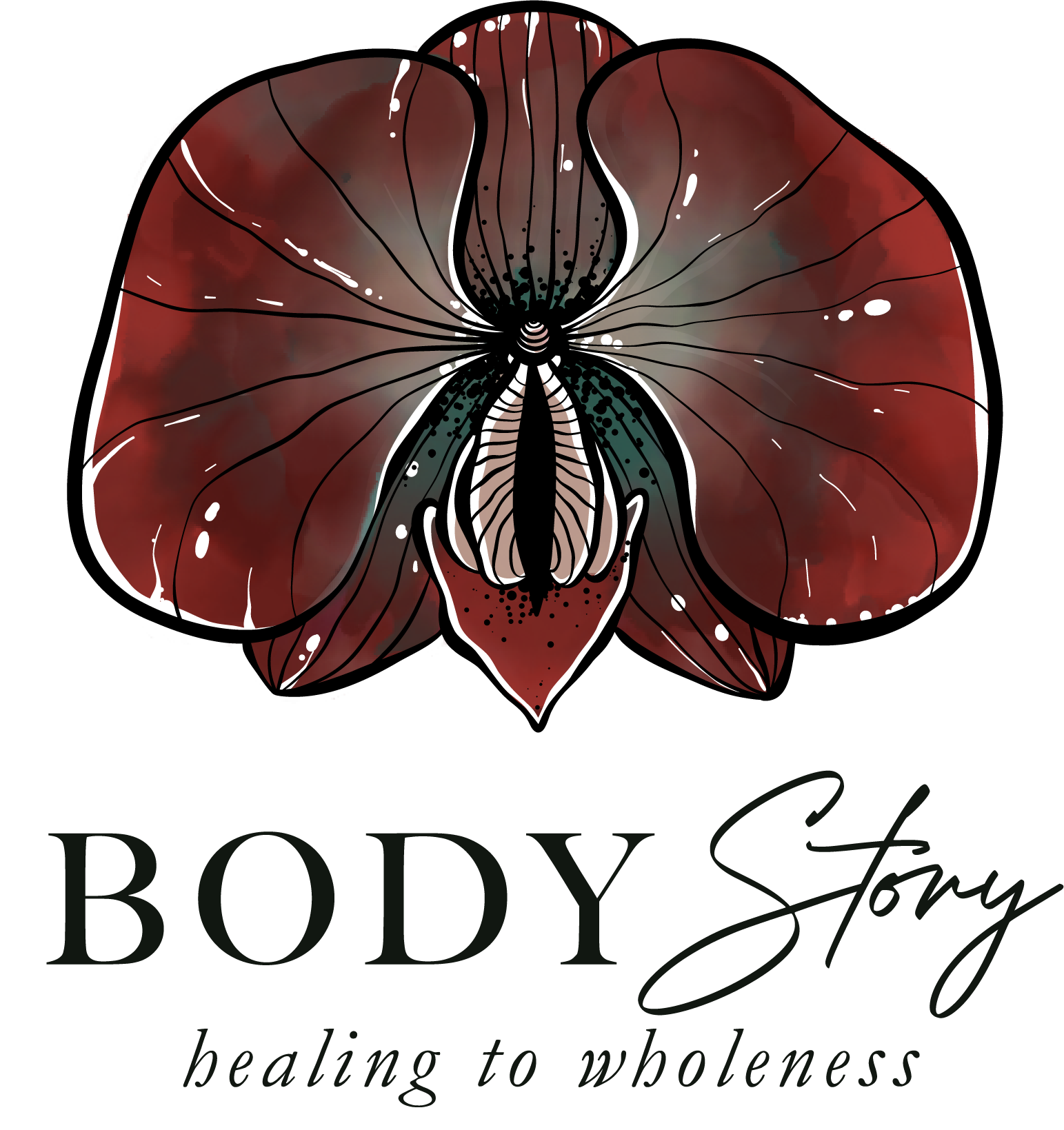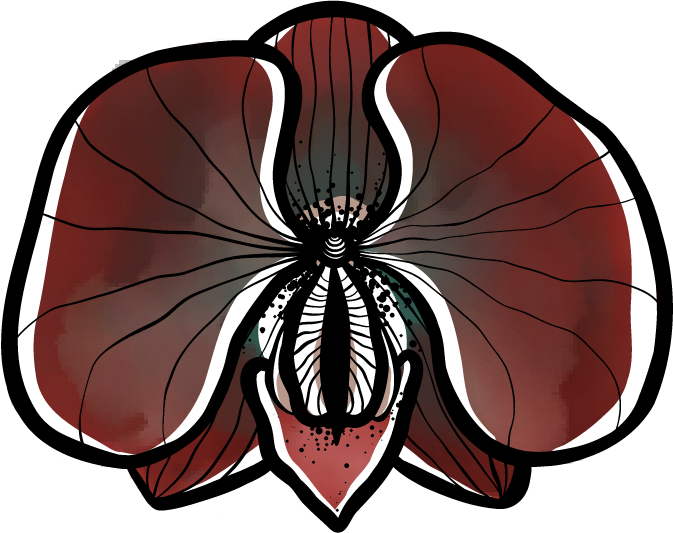
I used to belong to a very fancy gym. I joined not only because of the fancy hot tub and steam room, but because it was where some of the best yoga teachers in Denver taught.
The classes were labeled with catchy phrases like “Power Flow” or “Kick-it” that told you very little about the ethos of the teacher. I knew enough to know that I should research the bios of the teachers before signing up — it matters greatly who teaches us.
One day I attended a class called “Align.” A woman who was older than me was waiting outside the door. She, in her sweatpants, glared at my Lululemon and said, “This is not a power class, you know.”
“Yes, I know,” I responded. I could feel my face burning red. Throughout the entire class, I felt like an outsider in this world of softer movement. Perhaps it was my classmate’s judgment of me, but perhaps it was also because I didn’t yet believe that I deserved nourishment in my yoga.
Forgetting to Nourish
I think about nourishment a lot more now than I did then (breastfeeding for nearly three years will do that to a woman). Where before my searching for nourishment was haphazard, something I looked for when I felt the need, now I seek it out with everything I do. I have come to embrace nourishment as a lifestyle. This search guides me in what and how I eat, how I structure my day, and how I treat my body.
This new way of looking at life, a long way from that yoga class, is new to me. But at the same time, quite familiar.
You see, when we are young, we have an insatiable need for nourishment. We naturally seek our mother’s lap or reach for the hand of a friend as we walk the schoolyard. This space of living in kindness reflects our youthful suppleness, the gifts of the delicious fatty tissue that protects us from injury and illness as we bump through the first years of life. It is the kapha time of life, marked by kindness and sweetness.
As we grow older, we move out of this world of nonstop nourishment. We walk away from our mother’s lap. We begin to question whether or not we should touch a friend. We lose our baby fat and become more chiseled, sharper in mind and body.
Relearning to Nourish
For women, this process plays out in our bodies and in our attitudes toward our bodies. As we move out of the softness of childhood, we lose the love we once had for these incredible vessels of our lives. Suddenly the curves of our hips, which have been captured in art for centuries, suddenly become a focus for self-hatred.
It was my own unique form of self-hatred that initially brought me to yoga. And it wasn’t a process of wanting to let the self-hatred go. It was a belief that exercise was the right thing to do. That it made me healthy. That it kept my curves a little straighter. Yoga just happened to be a form of exercise that I actually enjoyed. So I treated my practice like exercise for years. Jumping back in surya namaskar despite protests from my joints. Pushing my leg higher in svarga dvijasana (bird of paradise). Jerking my knee forward to lie flat in eka pada rajakapotanasana (king pigeon). Each pose, each class was a thing to accomplish.
I became very good at it. Until yoga did what yoga tends to do: It cracked me open, even though I was not looking to know my insides. As I began to take in more of yoga’s teachings, I began to stop forcing my body to comply with the trappings of my mind.
My Favorite Form of Yoga
My yoga practice has shifted greatly since I took my first class. My asana practice has slowed down (an organic, gradual process, which is the most effective way to approach any big change). It has shifted from studios and teachers to find a central place in my home. Every morning. Alone. In silence. I have studied pranayama and meditation, and, most importantly, gained the recognition that yoga happens even when there is no mat or cushion.
And then: The beauty of yoga nidra.
The practice of yoga nidra offers what many people experience as a fleeting sensation during asana classes — that flash of bliss that keeps us coming back to the mat. Except during a practice of yoga nidra, this sensation can be sustained.
I recently studied how to teach yoga nidra with Kaya Mindlin, and have found a deeper respect for this practice. I learned that yoga nidra works by allowing us to go into a state of awareness while retaining deep physical and mental relaxation. It’s huge. The key to it is the sankalpa, or the intention, that goes into the practice. Through this sankalpa, by simply lying still in our bodies for 15 to 60 minutes we can peel back the false beliefs to which we have become accustomed.
The particular style of yoga nidra I’ve been learning nourishes deeply as it lets go. It reminds me of the feeling of being perfectly safe to express my softness. The way I used to feel reaching for my best friend’s hand.
I have made yoga nidra a central part of my next Women’s Intuition Circle (we start February 13), and, in service to anyone who can benefit from a little nourishment, I want to share this free yoga nidra recording. The focus: how to remember your original divine essence.
When you are feeling depleted, stressed, or just miss that feeling of sitting in your mama’s lap, come home to this recording again and again. As you practice, remember this: There can never be too much kindness in your life. Especially when it is you being kind to you.
Make your life and practice the way the six-year-old you would wish it to be.




